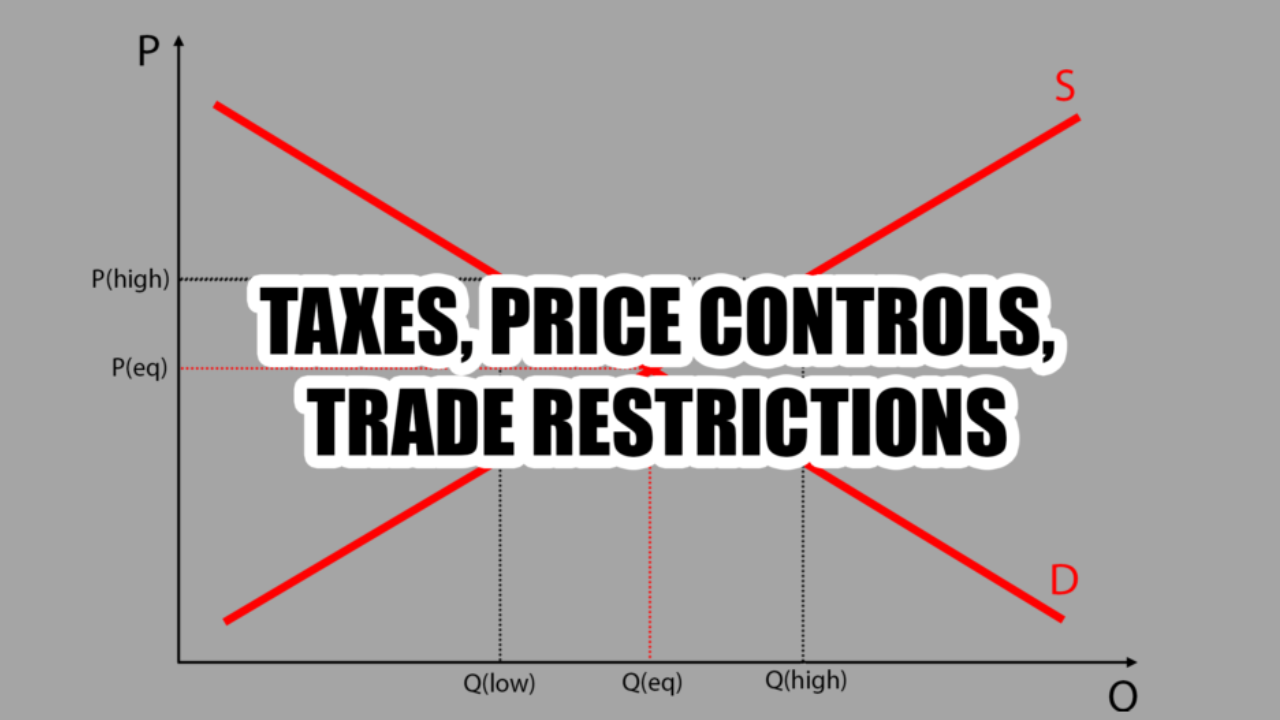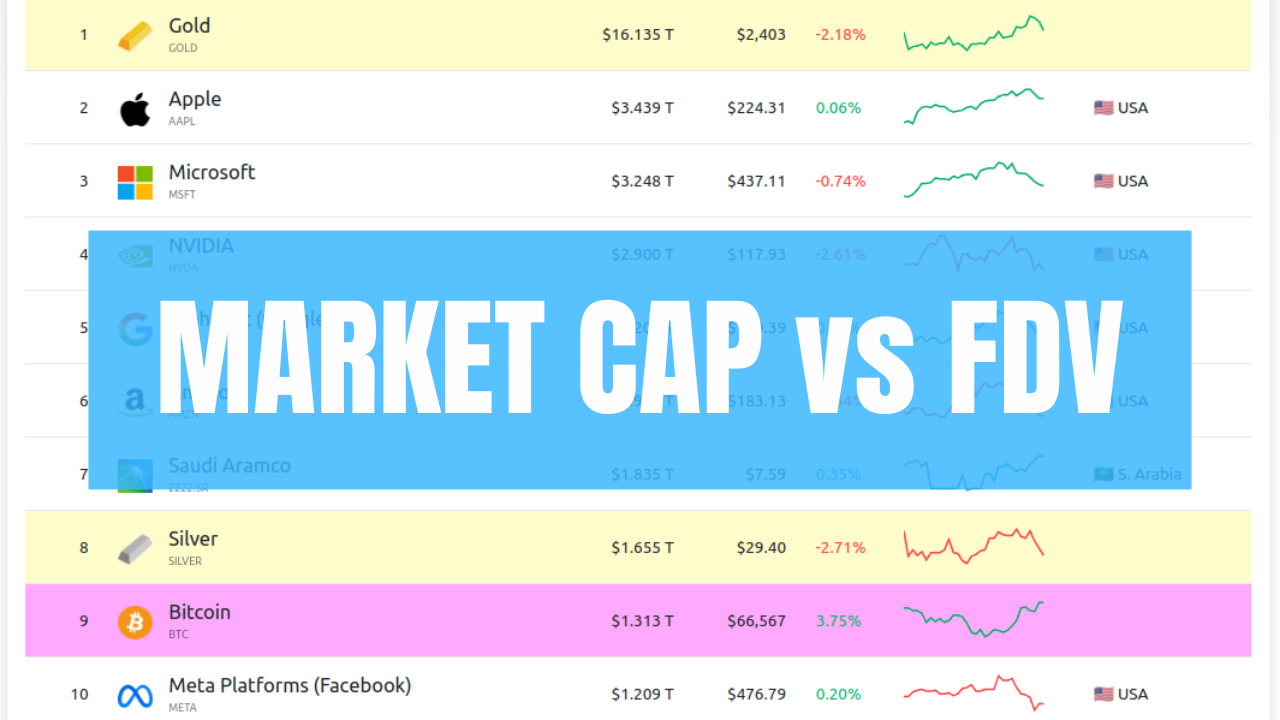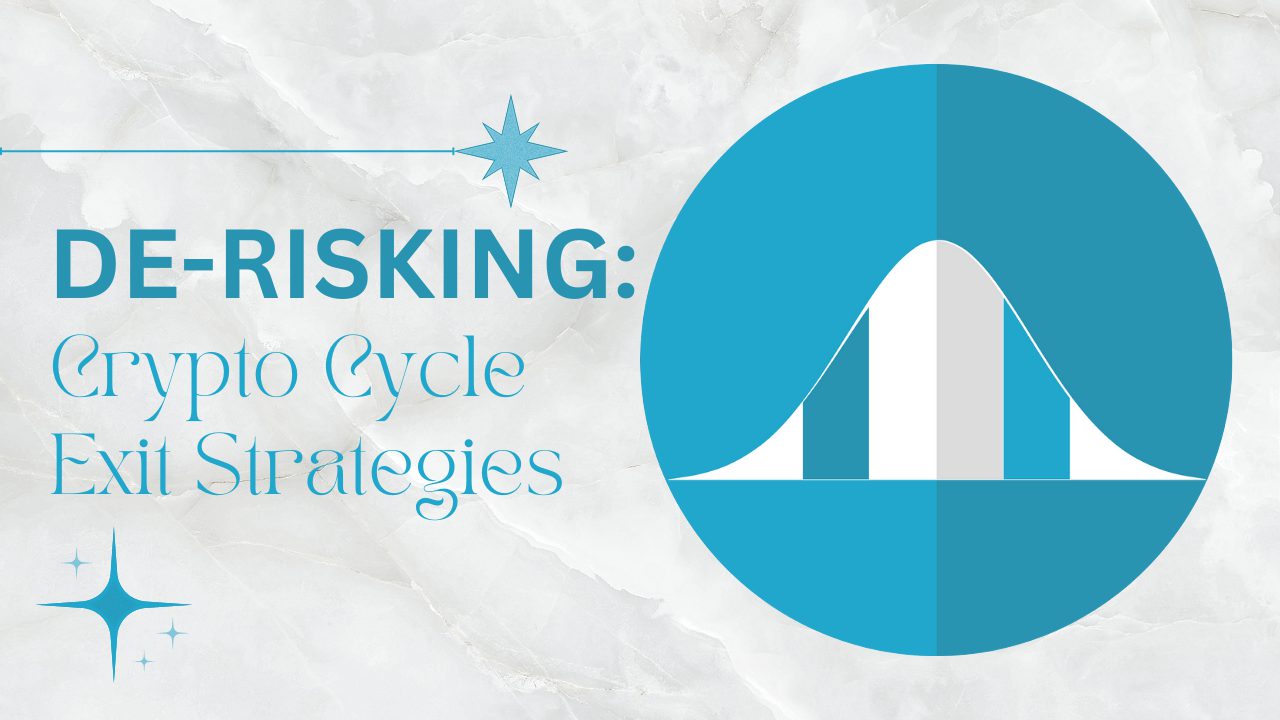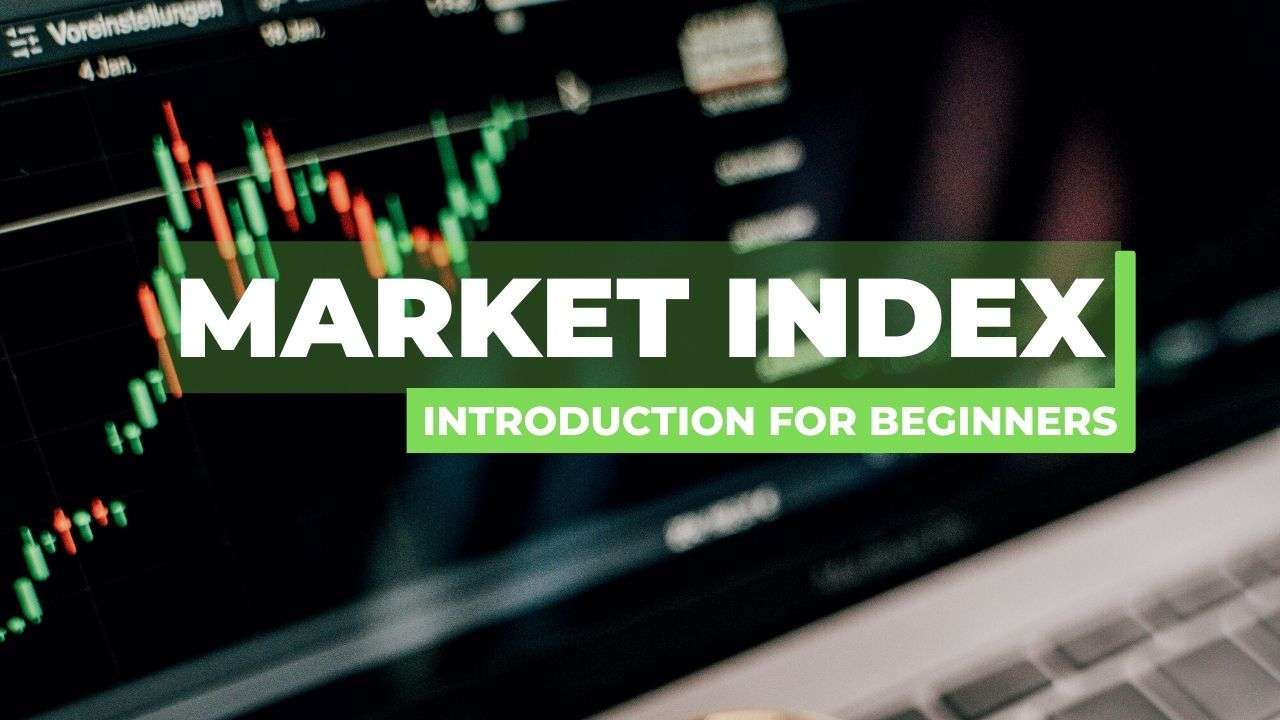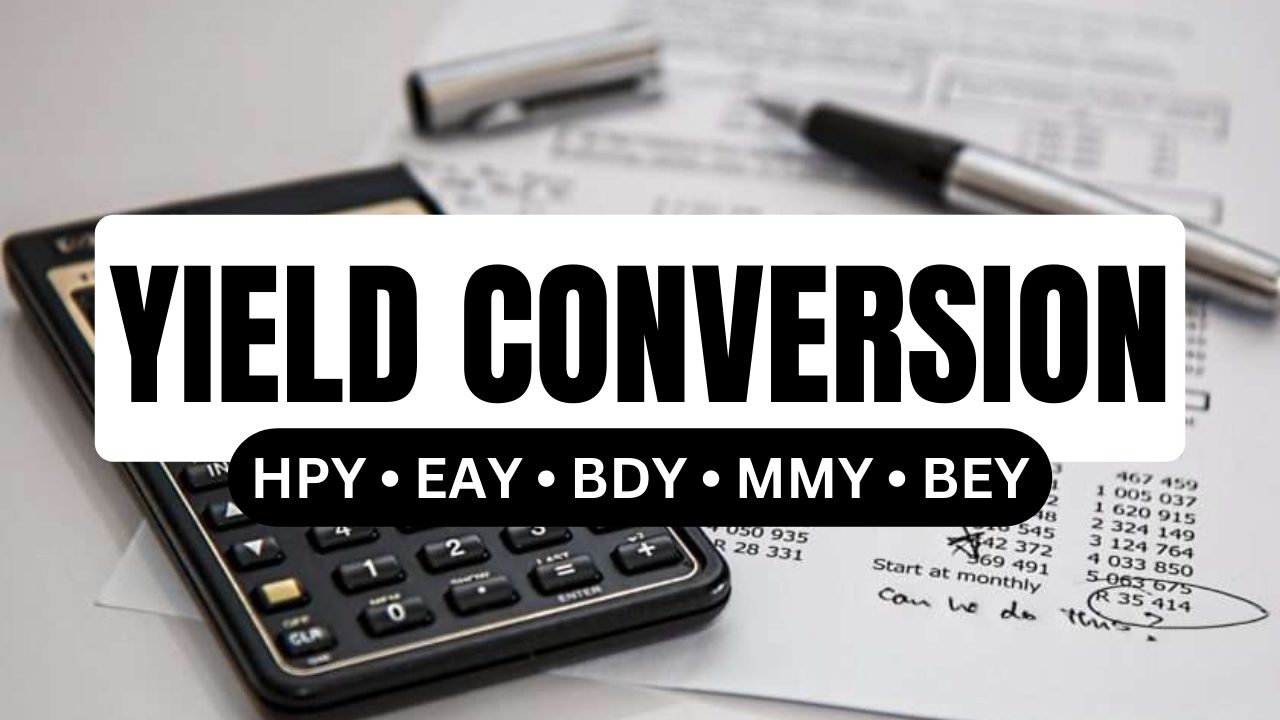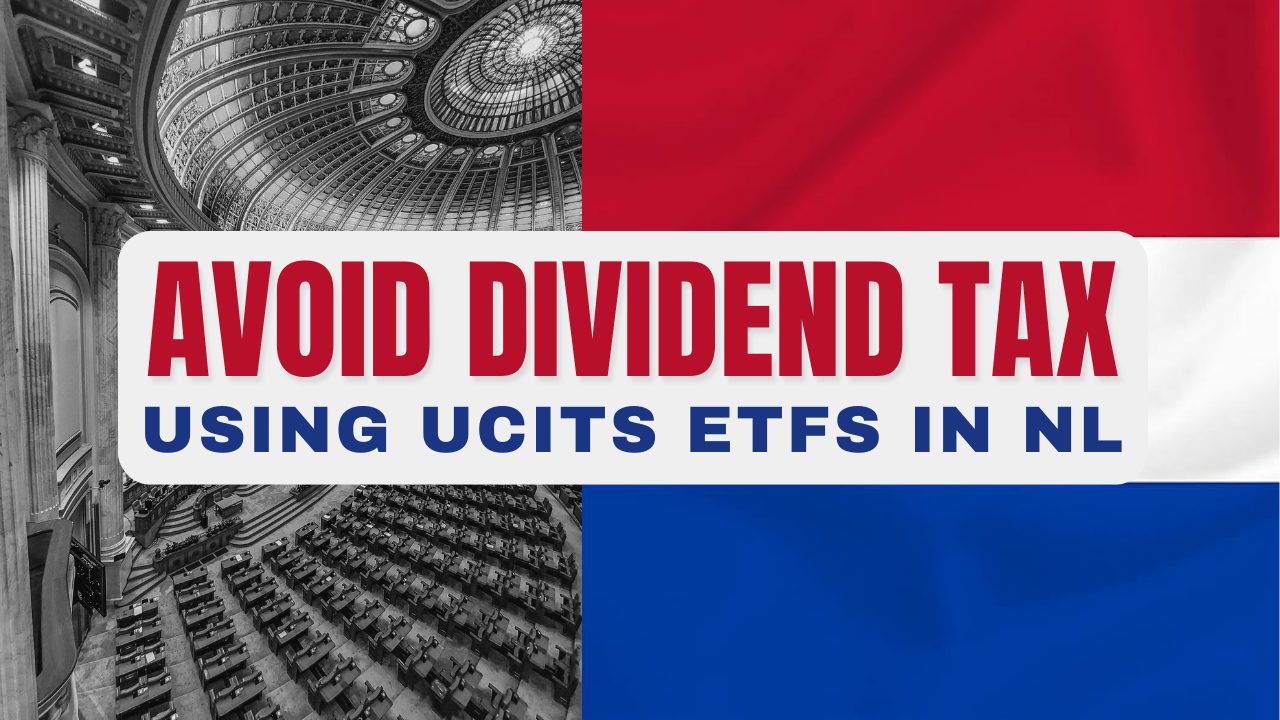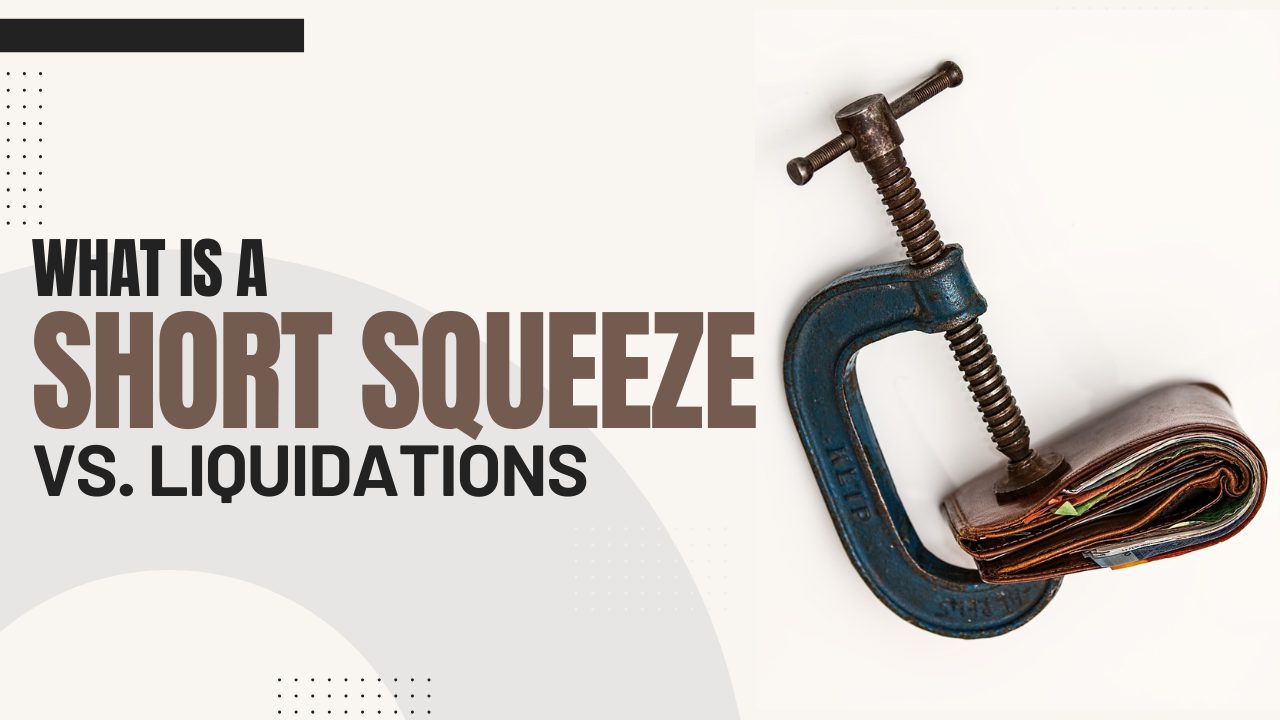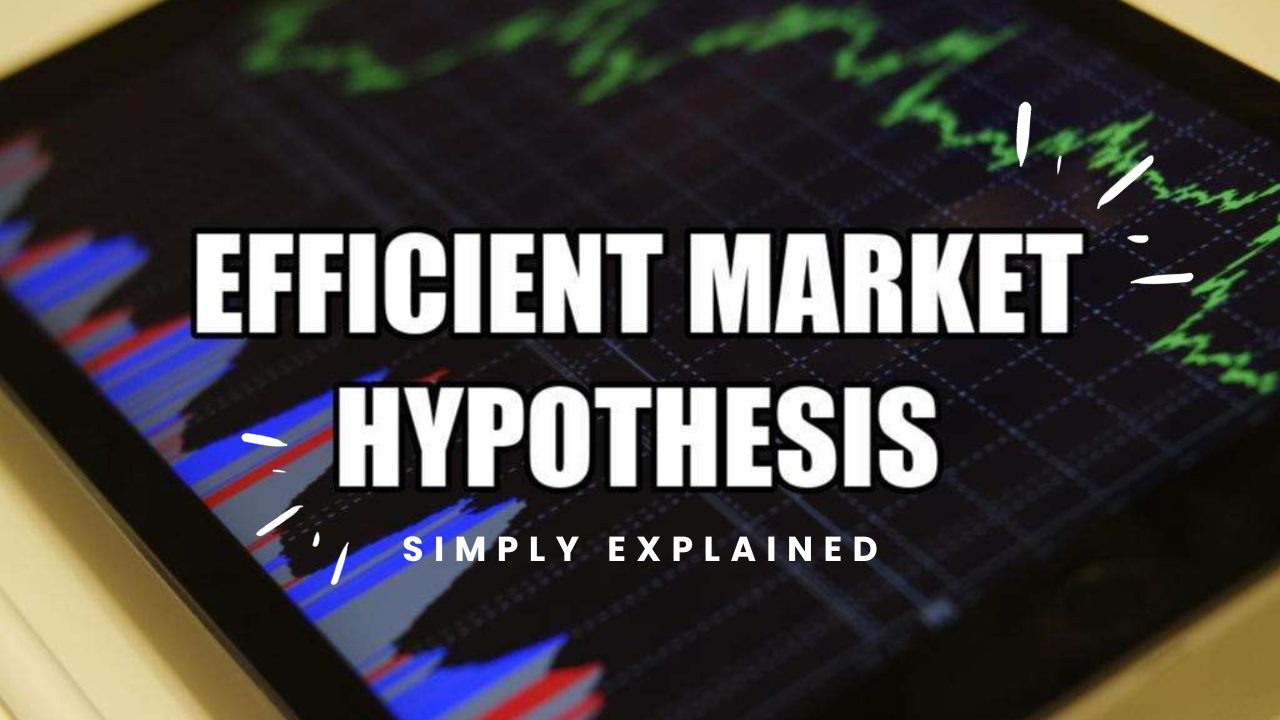
Efficient Market Hypothesis (EMH) is the hypothesis that securities trade at their fair value i.e. their prices reflect all currently known information.
In this post, I’ll explain how we determine if a market is efficient or not, in a beginner-friendly manner.
Basically, it’s a matter of how fast trading activity reflects new information in prices.
Contributors to Market Efficiency
In an efficient market, new information is quickly reflected in the prices. There are many factors that contribute to the market efficiency and here are the biggest ones:
- Number of market participants – the larger the number of traders, the more efficient the market is. Markets with high barriers of entry or in countries that prohibit foreign investments are less efficient.
- Availability of information – the more information, the higher the efficiency. In developed world markets, all data is publicly available and easily accessible, thus reflecting immediately in securities’ prices.
- Liquidity – ease and availability of trading, derivatives, speculation, etc. They all contribute to market efficiency because they push the prices towards their fair value. Implicitly, transaction and information costs affect the liquidity as well.
If markets are inefficient, one could use technical analysis to predict the price movement of an asset or asset class. These techniques are solely based on trading activity, not on external information. Basically, it’s forecasting price movements by looking at charts – price data, volume data, etc.
Inefficient Markets & Arbitrage
Another way to profit in an inefficient market is by arbitrage.
Since this is a beginner-friendly post, I’ll explain how that would work via an example:
Let’s say you live in an informationally poor country with a currency XXX. There are two exchanges where the USD/XXX rate is 10 and 11, respectively (i.e. one of them is “wrong” but the information still isn’t reflected).
So you buy $50k worth of XXX in the first exchange and immediatelly sell it for $55k in the other one.
That’s $5k of risk-free profit. Congratulations!
This is an extreme and hypothetical example of a dysfunctional society, but even the slightest lags, and I’m talking milliseconds here, are opportunities to generate superior returns.
However, there are rarely markets that are inefficient, so let’s explore the three types of market efficiency.
Weak Form Efficiency
A weak form efficient market is the one in which securities’ prices reflect all currently known market data.
In other words, past market or trade data (such as price information, volume information, or any type of market information) will have no predictive power of the price movements of the asset. That means that an investor would not be able to consistently beat the market using technical analysis.
As mentioned above, technical analysis is used with the goal of achieving superior returns based on historical price and volume information.
In general, technical analysis is not shown to produce superior returns, although survivorship bias can lead many to different conclusions.
However, one can use fundamental analysis to beat a weak form efficient market. Although all trade data is already priced in, traders can generate superior returns by trading based on the public information that might indicate a security is overvalued or undervalued.
Semi-Strong Form Efficiency
A semi-strong form efficient market is the one in which current securities’ prices fully, quickly, and rationally reflect all public information available at that moment.
If you think about it, this means that, regardless of the type of analysis, an investor can’t find market alpha based on public information, as the securities’ prices already reflect all public market information, but also all public non-market information. Basically everything publicly known is priced in.
Fundamental analysis also loses predictive power at this level.
Indulging in the illegal activity of insider trading, i.e. using knowledge that’s still not available publicly, you’d be able to overperform the market. This is true because in semi-strong efficient markets, private information is not reflected in securities’ prices.
A market has to be weak form efficient in order to be semi strong form efficient.
Strong Form Efficiency
A strong form efficient market is the one in which the current prices of securities fully, quickly, and rationally reflect all information available at that moment, public and private.
If you think about it, this means that there is no way an investor to have an edge, since all information is already priced in. In other words: there are no undervalued and overvalued securities – any security’s market value is equal to its “intrinsic value”.
And this is a market you can’t beat. A market in which index investing is the one and only way of investing that makes sense.
A market has to be weak form efficient and semi strong efficient in order to be strong form efficient.
What About the Stock Market?
There are debates about how efficient the stock market is.
My first instinct was to assume that it’s semi-strong form efficient. But let’s think about it…
The reason I think it’s not strong form efficient is because insider trading can generate superior returns. This is supported by the fact that it’s punishable under law and the rapid changes in stocks’ prices after a release of new public information (publishing quarterly earnings, beating expectations etc.).
On the other hand, in order for a market to be semi-strong form efficient, all publicly available information need to be reflected in securities’ prices. This means prices being completely immune to human emotions, which is not always the case. However, the market is still efficient enough that all these discrepancies are quickly fixed.
So I’m not sure if fully, but the stock market still seems closest to semi-strong efficient. At least to the extent that allocating extra time in order to beat it won’t be worth it. In other words: any private investor should adopt a passive investing strategy rather than an active one.
FYI Amateur investors aside, 99%+ of professional traders and large funds also fail to continuously outperform the market.
Summary
The weak form of the EMH states that prices reflect all past price and volume information.
The semi-strong form of the EMH states that prices reflect all publicly available information.
The strong form of the EMH states that prices reflect all public and private information.
As an individual investor in the stock market, don’t underestimate the power of index & chill.
 Husband & Father
Husband & Father  Software Engineer
Software Engineer 

